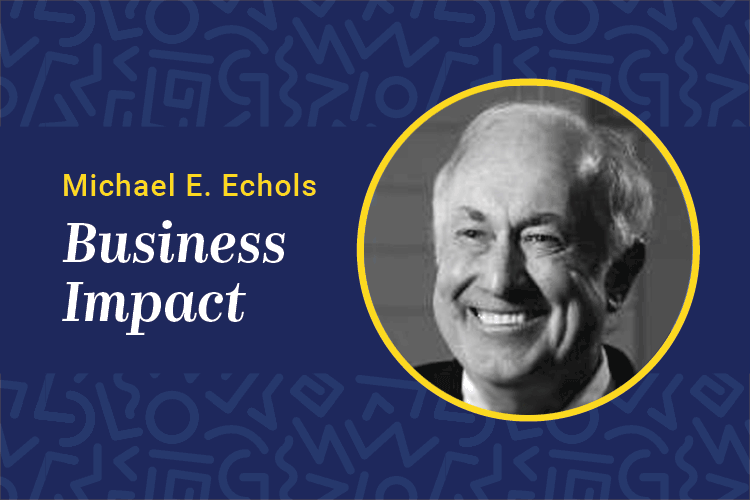
Rapid changes are impacting virtually every aspect of business. Learning and development is no exception. Here I’ll examine new data and explore implications for corporate L&D investment.
At the macro level, two unprecedented developments have occurred in the past year. The first is the relationship between unemployed workers and unfilled jobs. In 2018, for the first time in U.S. history, the number of unfilled positions in the United States economy was greater than the number of unemployed individuals seeking employment. As of June 2018, there were 6.66 million unfilled jobs while there were 6.58 million individuals seeking employment. The gross numbers are sufficiently grim but an even greater problem lurks beneath the surface. There is strong evidence that many of the unemployed lack the skills and experience required to meet the specifications of the unfilled jobs. L&D is more important than ever.
The second development involves personal requirements for new hires. The Wall Street Journal reported on the developments in its August 2018 article, “Employers Eager to Hire Try a New Policy: ‘No Experience Necessary.’ ” The article is subtitled: “Inexperienced job applicants face better odds in the labor market as more companies drop work-history and degree requirements.” In the piece, Amy Glasser, senior vice president of staffing agency Adecco Group, is quoted as saying, “Candidates have so many options today. If a company requires a degree, two rounds of interviews and a test for hard skills, candidates can go down the street to an-other employer who will make them an offer that day.”
The U.S. Department of Labor estimates that as much as 70 percent of knowledge and skills are created through experience with the balance created thru formal education. The implications for the human capital assets of the enterprise are profound. The phrase “go down the street to another employer who will make them an offer that day” is a direct result of the first unprecedented development of the imbalance between unfilled positions and employable individuals. Let’s examine the implications for human capital investment.
When the first company recruits for a certain level of experience (let’s say five years) and a degree, what they are stating is the level of knowledge and skills required to successfully perform the job being considered. When the original hiring requirements are relaxed, the company essentially is requiring the individual to bring fewer personal assets to the role. If we assume that the job actually requires the knowledge and skills implied by the five years of experience along with the degree requirements, hiring the individual without those assets means the knowledge and skills must come from somewhere else.
This is not some abstract “how many angels can dance on the head of a pin?” conversation. This is a pragmatic discussion about human capital investment — the very domain of responsibility of L&D. We need to look at the issue from both the macro economy and company level.
At the macro economy level, it means that in the aggregate, the U.S. economy is underinvested in human capital. Not only do we not have enough bodies to fill the open positions, we do not have enough experience and education to meet the implied knowledge and skills required by companies.
What this means at the individual company level is that the persons being hired cannot be expected to bring the human assets (experience and education) required. The implication is that if the company cannot expect the individual to bring the requisite assets, the company will have to make the required investment.
In the end, the portion of the enterprise tasked with creating the level of human capital assets (knowledge and skills), namely L&D, must fill the gap. This means the enterprise must increase its investment in response to the important developments I outlined earlier.
All of this returns to a common theme I have often talked about in my books and in earlier articles in Chief Learning Officer and elsewhere: that L&D is not a backwater staff function of little strategic importance to enterprise performance. Human capital is the strategic asset in the modern global economy. The rapid changes in supply and demand put increasing pressure on the entire senior management team to respond to the human capital investment issues with a purposeful human capital investment strategy. This goes way beyond incremental budget battles so common in the past.














